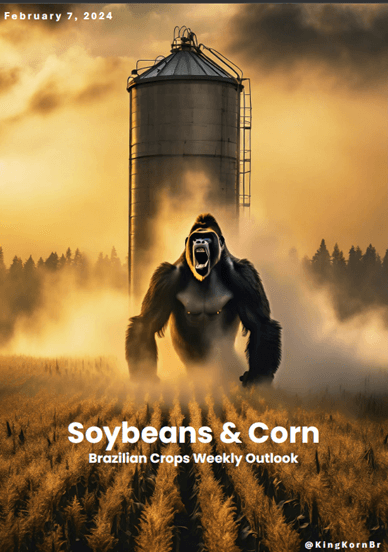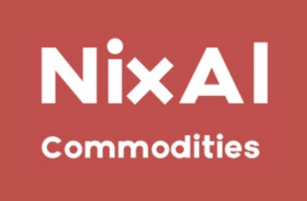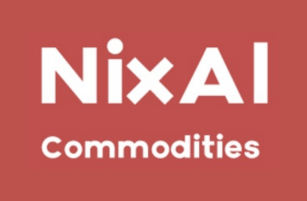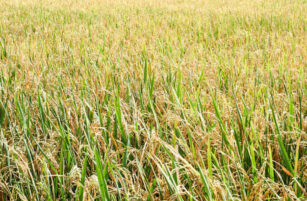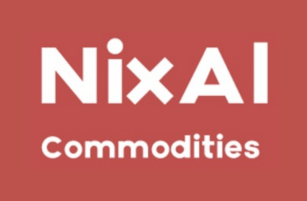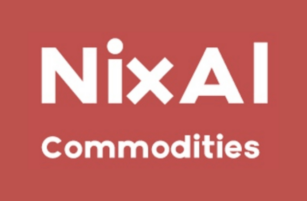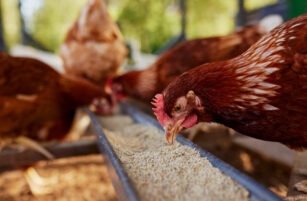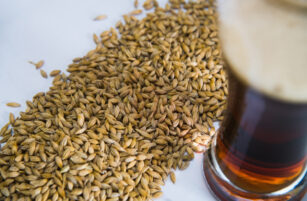Insight Focus
Brazil could be set to have a huge grains crop next season. The USDA has been projecting since May a production of 127 million metric tons of corn and a record harvest of 169 mmt of soybeans for Brazil. But profit margins are poor for producers.
First Projections
With the fastest safrinha corn (2nd crop) harvest in history already nearing completion, Brazil is now preparing to begin planting for the 2024/25 season in a few weeks.
Although the first official estimates from CONAB are traditionally released in September, along with projections from private consultancies, the U.S. Department of Agriculture, since its May report, has already forecast a total corn crop in Brazil of 127 mmt, while the soybean crop is projected at a new record of 169 mmt.

*start vs. end of season

*start vs. end of season
We know that any kind of pre-season estimates are merely “production potentials” and that the final numbers often differ greatly from the initial ones. Moreover, the increasing climate variability in recent years has only contributed to this.
Demand Does Not Keep Up with Growing Supply
According to CONAB, over the past 10 seasons, the planted area of corn in Brazil has increased from 15.7 million to 20.86 million hectares, a 33% rise, while production grew by 37%, from 84.7 to 115.9 million tons projected for the current crop, surpassing last year’s record of 131.9 million tons. In contrast, for soybeans, CONAB estimates that the area increased from 32 to 45.7 million hectares (+43%) over the same period, while production rose from 97 to 148 million tons, a 52% increase.

The leadership of Brazil as a global agricultural powerhouse is undisputed, as is the continued growth in the area and production of soybeans and corn in the coming years. However, in a highly globalized market, the similar strong performance this year of competitors such as the United States, and a softer demand from key players like China have kept corn prices on a downward trajectory.
This trend began in 2021, when the average price was BRL 91.83/bag (USD 16.26 per 60 kilos bag, ESALQ Index Campinas City) , and has now dropped to the current BRL 60.68/bag (USD 10.74 per 60 kilos bag), a decrease of 34%. Meanwhile, soybeans, after reaching record levels in 2022 with an annual average of BRL 188.89/bag (USD 33.44 per 60 kilos bag, ESALQ Index Paranaguá Port), are now trading at BRL 129.55 (USD 22.94 per 60 kilos bag), a depreciation of 31%.
Tight Margins
In Mato Grosso (the largest producer of soybeans and corn in the country), IMEA (Mato Grosso Institute of Agricultural Economics) already states that producers would need to achieve a yield of at least 127.52 bags/ha (7,651.2 kilos per hectare) in the 24/25 crop year to reach their break-even point. When considering the total cost, including depreciation, the yield would need to increase to 142.44 bags/ha (8,546.4 kilos per hectare), compared to the average yield of 110.85 bags/ha (6,651 kilos per hectare) in the last three crops for producers in Mato Grosso.
Is Another Season of Big Numbers Possible?

With such numbers, any significant increase in the area planted with soybeans and corn next year would contradict the trade logic. However, the country’s production dynamics contribute to this increase, as the 1st corn crop, which competes with soybean area, accounts for only 20% of the total production. Therefore, a possible increase in soybean area at the expense of the 1st corn crop next season may not have the effect on prices that is needed. Meanwhile, the 2nd corn crop (Safrinha Crop) still has no competitors in area, making the initial USDA numbers perfectly feasible. This leaves the responsibility for price increases in the domestic market to potential weather problems and lower yields due to possible technology costs, while globally, hope relies on competing producers and international demand, particularly from China.
